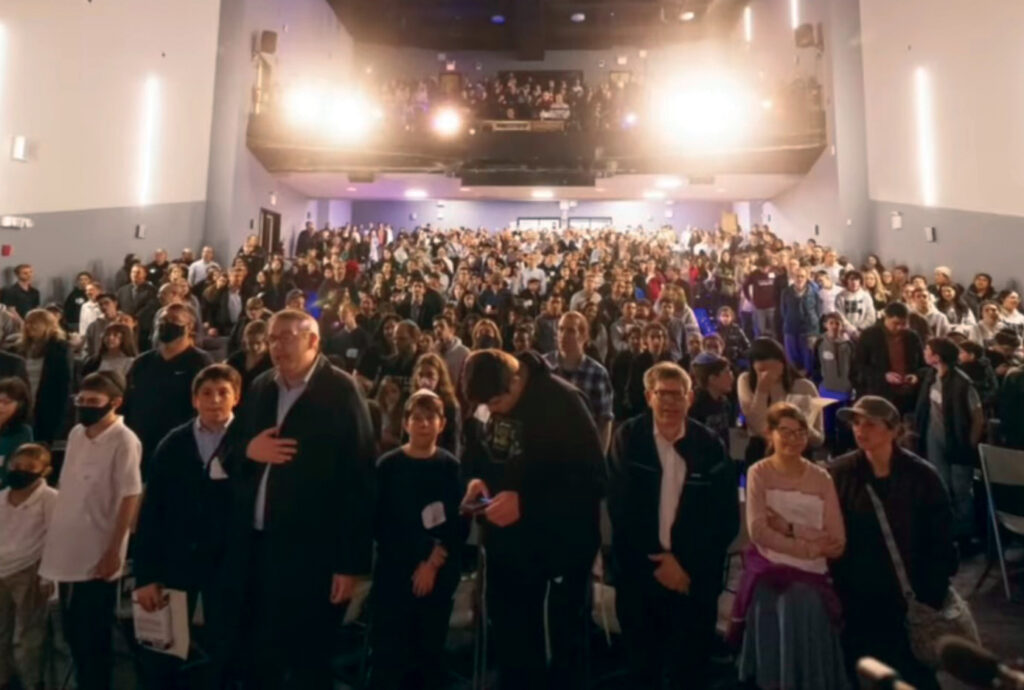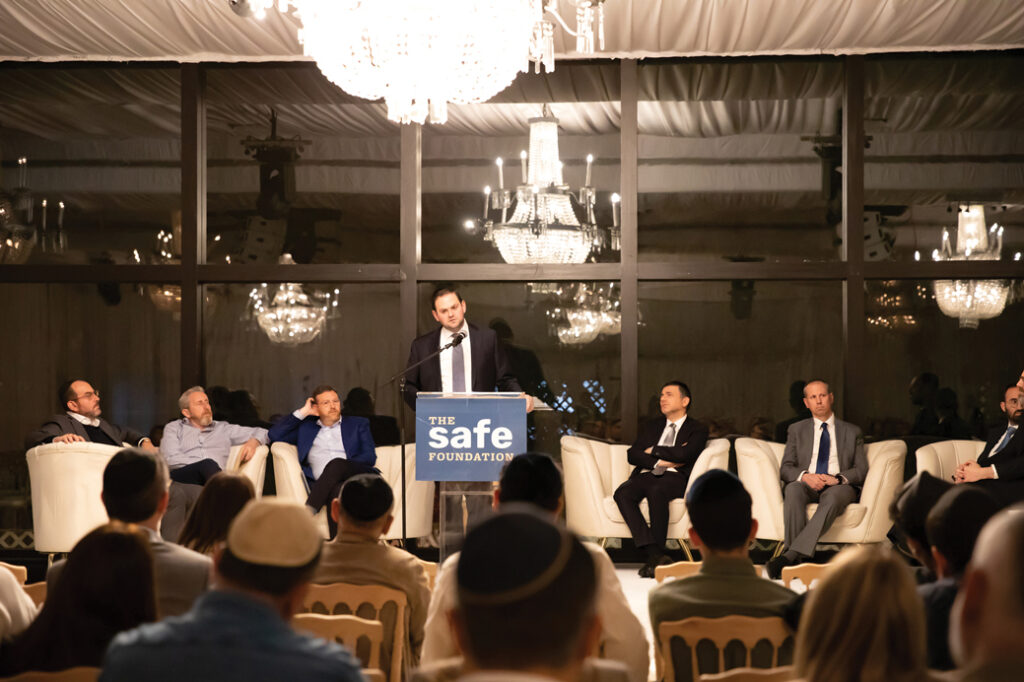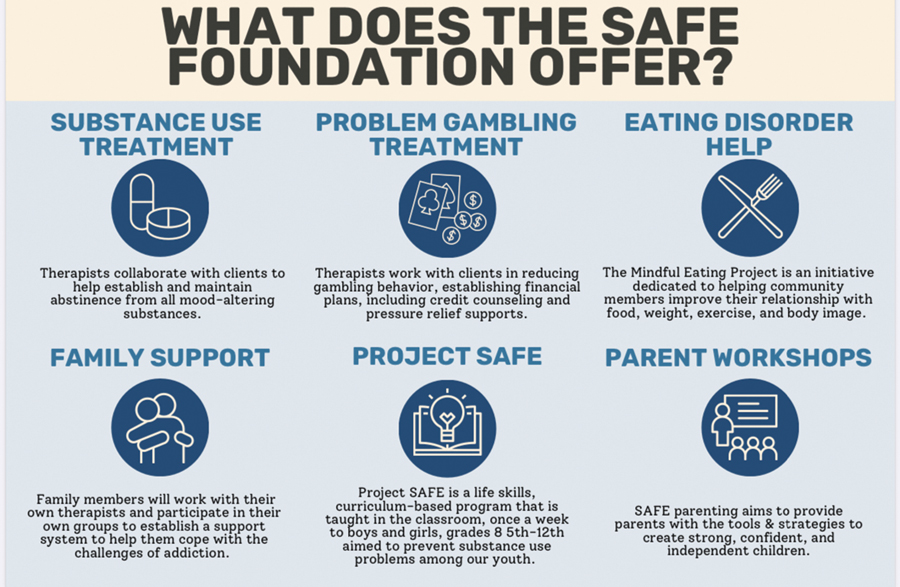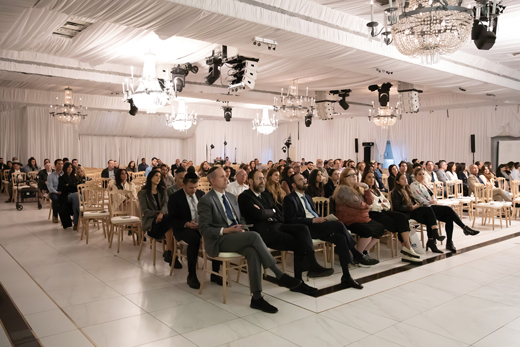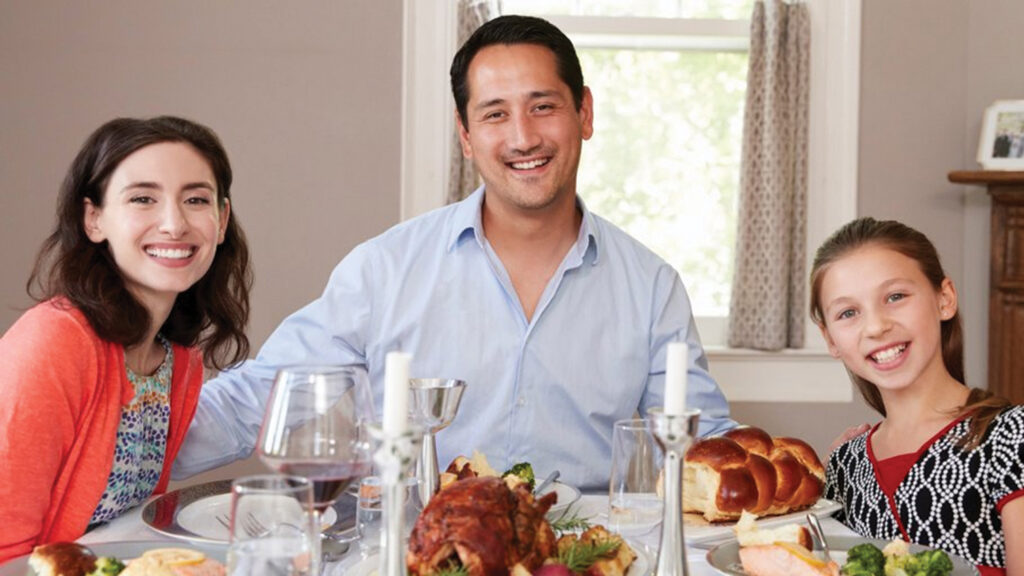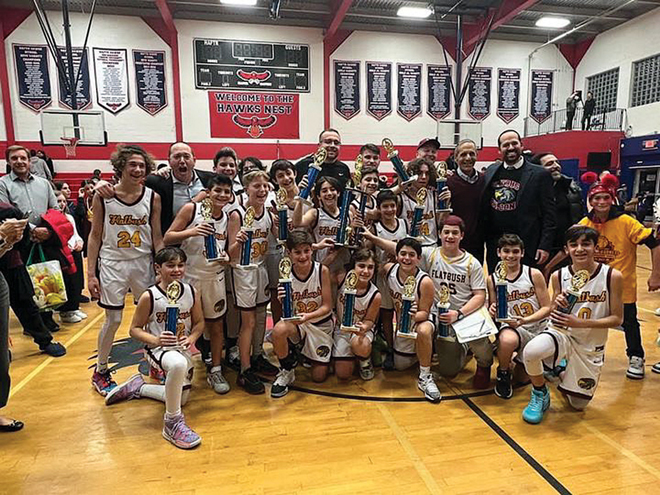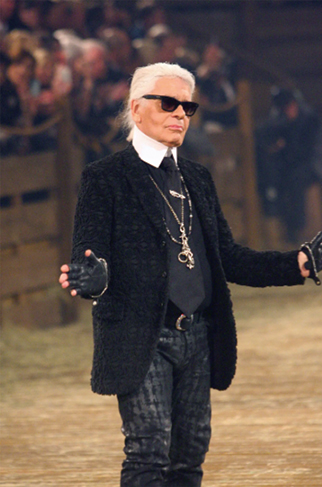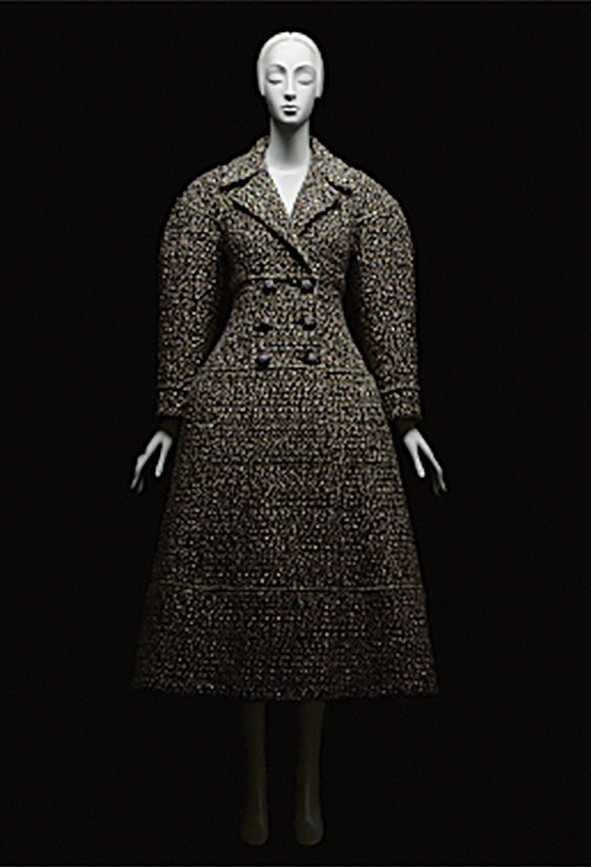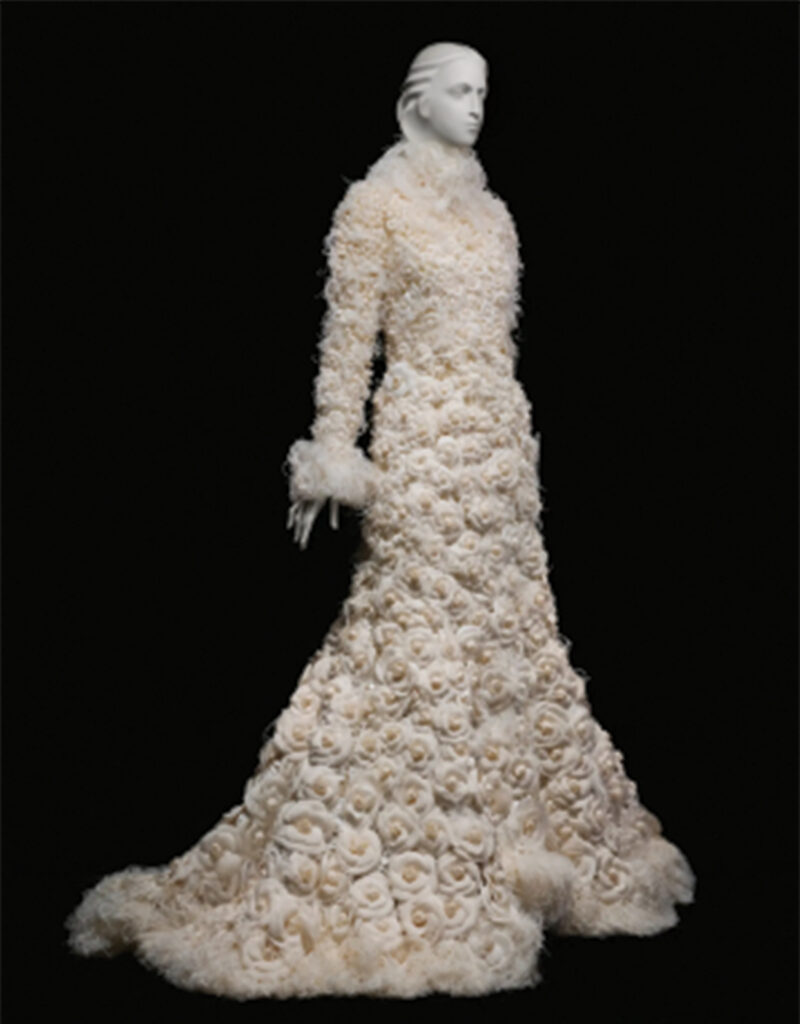Pedaling for a Purpose
COMMUNITY CYCLISTS TRANSFORM THE LIVES OF ISRAELI AMPUTEES
DAVID FARHI
CYCLING WAS NEVER SOMETHING THAT I HAD A PARTICULAR INTEREST IN. I GREW UP IN DEAL, NJ AND THOUGH MY NEIGHBORS WERE ALL AVID CYCLISTS, IT JUST WASN’T SOMETHING THAT SPOKE TO ME. FOUR YEARS AGO, I GOT A CALL FROM SAM WALDMAN, THE HEAD OF AN ORGANIZATION CALLED THE NEXT STEP (TNS). HE ASKED ME TO COME TO DUBAI TOGETHER WITH MY MUSIC GROUP TO PROVIDE A BEAUTIFUL SHABBAT EXPERIENCE FOR THE RIDERS OF “THE NEXT RIDE.” I HAD NO IDEA WHAT I WAS IN FOR, BUT SAM SEEMED LIKE A NICE GUY SO I SAID I’M IN.
That Shabbat in Dubai was one of the most incredible experiences of my life, not because it was Dubai, but because I had the opportunity to meet and interact with some of the most incredible human beings I’d ever met. We sang for hours and hours together.
The Next Ride (TNR) is a 7 day cycling experience designed to provide a sense of camaraderie between Israeli amputees and US cyclists who make everything that TNS does possible. US cyclists raise much needed funds and ride together with their beneficiaries. What makes it so special is that we get to spend 7 days riding together, learning from, and being inspired by 30+ Israeli amputees.
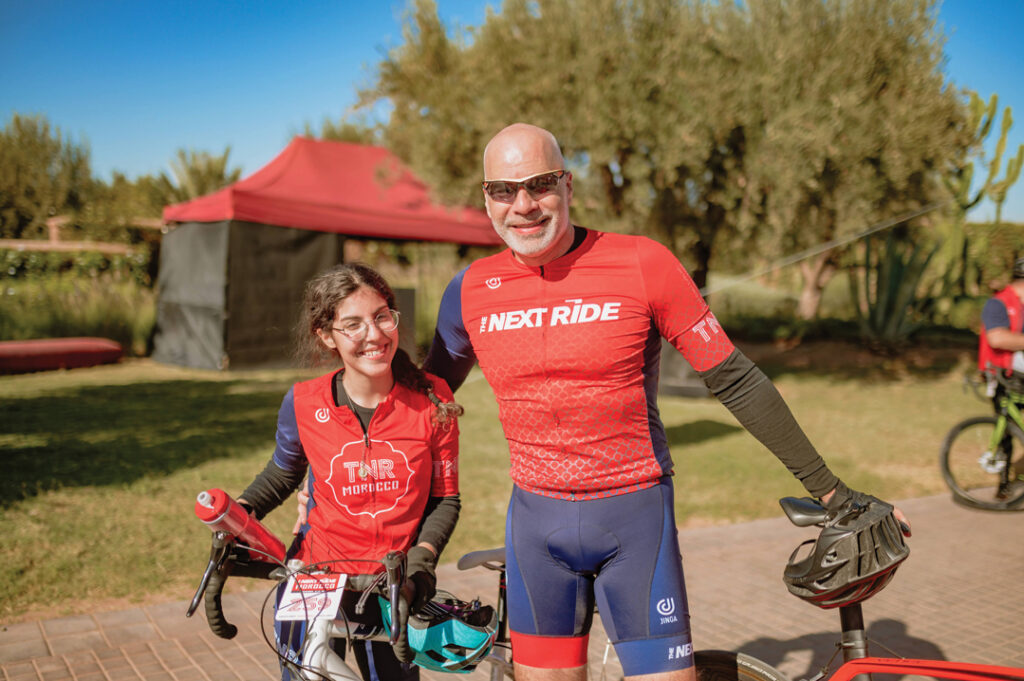

Even though I was thousands of miles away from home, with people I had just met, I knew so many people from our community that devoted themselves to this incredible organization — Elliot Simhon, Zaki Salame, Joe Mansour, Jack Aini, just to name a few. The TNR experience embodied a sense of home, as hundreds of individuals united in their commitment to profoundly enhance the lives of our Israeli family coping with limb loss.
Years later, I’m still involved in the organization and have quadrupled my efforts. I recently flew down to the TNS partner facility in Orlando to spend time with some of the amputees brought in to get fitted and trained in the use of high end prosthetic devices.
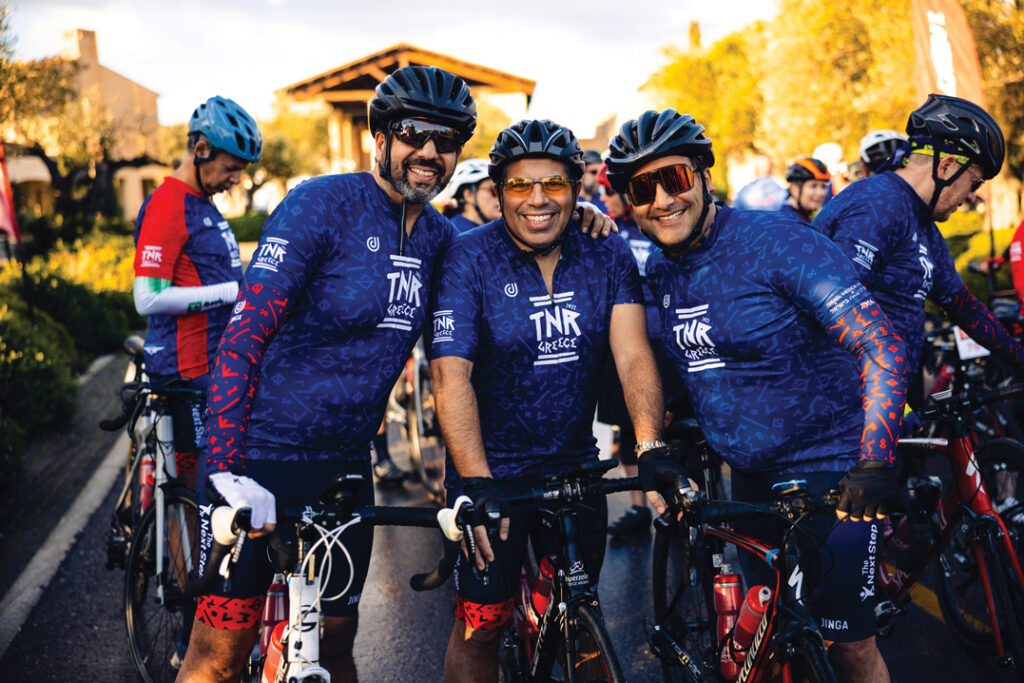

The gym they were training in had college and pro-athletes training alongside just to create an environment of high intensity physical activity. It was remarkable to observe the process of learning to walk again as an adult and to see the incredible emotion felt as amputees took their first steps since they lost their leg/legs.
Sometimes in life you find a cause that you never thought would be something that was relevant. You never think it’s something that would inspire you, it’s not even on your radar. Once you experience it however, it will forever change your life.
I’m so grateful for the opportunity to be involved in such an incredible mission and to put my energy into such a beautiful cause. Working with Stephen Shamosh, Morris Beyda, Ari Baum and Steven Matsas, all dedicated members of our community involved in The Next Step, to help our Israeli brothers and sisters is something I truly cherish.
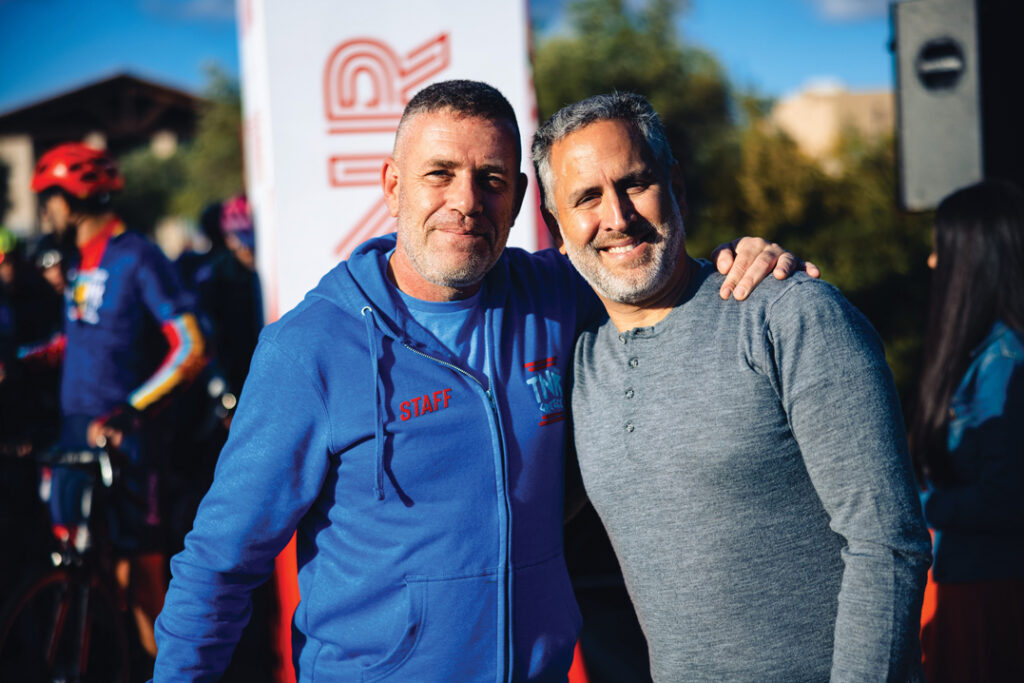
The SY cycling team on TNR has grown to almost 30 riders strong. We have raised millions of dollars and have been directly responsible for impacting the lives of thousands of people in Israel struggling with limb loss. Prosthetics, services, community, advocacy — we’ve done so much and I’m so proud.
I look forward to a successful ride together this November and encourage you to learn more about the incredible work that The Next Step is doing. It is truly remarkable.
David Farhi, son of Rabbi Isaac Farhi from Deal, has been involved in The Next Step/The Next Ride for the past three years. Through his and the community’s involvement, the organization has succeeded in empowering hundreds of Israeli amputees to lead active and fulfilling lives post limb loss.






